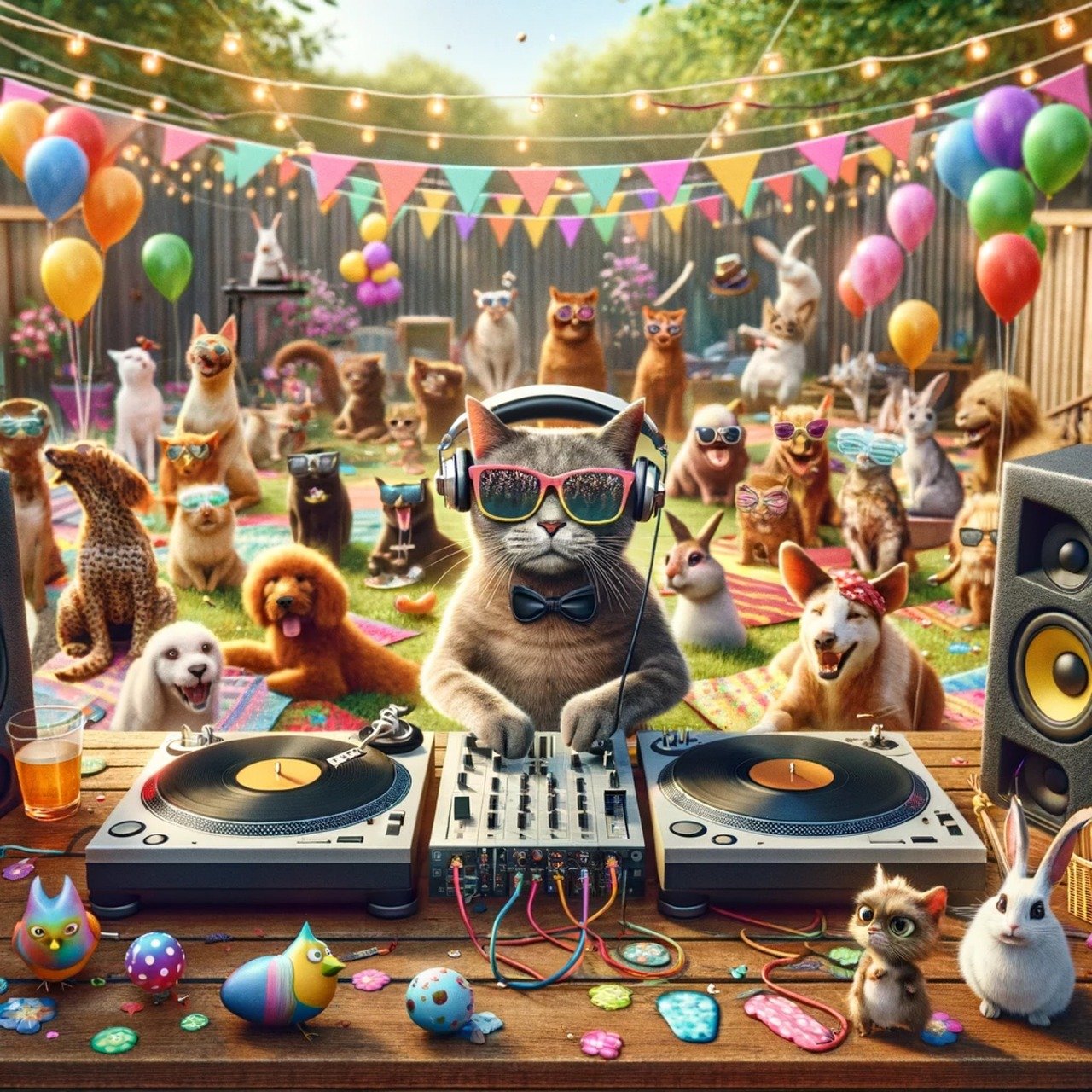Table of Contents
![]()
Introduction
Fashion trends reflect societal values, cultural shifts, and technological advancements. Understanding the evolution of these trends provides insight into the history of human expression and identity. From ancient civilizations to contemporary styles, fashion serves as a mirror of cultural dynamics and innovations. This article explores the historical context, pivotal movements, technological impacts, and future directions of fashion trends.
Historical Context
Prehistoric and Ancient Fashion
Fashion has its roots in the practical needs of prehistoric humans. Clothing initially served as a means of protection from the elements, crafted from materials such as animal hides and plant fibers. As societies evolved, clothing began to hold cultural significance. In ancient civilizations, fashion was often intertwined with status and identity.
Ancient Civilizations
In ancient Egypt, linen garments symbolized wealth and social status, with elaborate styles reserved for the elite. The Greeks introduced draped clothing, reflecting ideals of beauty and harmony. Roman fashion built on these foundations, using tunics to denote social class, with elaborate designs reserved for the wealthy.
Middle Ages
The Middle Ages saw a shift towards modesty, largely influenced by the Church. Clothing became a reflection of piety and morality. The rise of guilds facilitated tailored garments, which began to reflect the wearer’s profession and status.
Renaissance
The Renaissance marked a significant turning point in fashion, emphasizing individuality and self-expression. Opulence returned, with luxurious fabrics and intricate designs inspired by art and literature. The era celebrated the human form, leading to more elaborate styles.
The Industrial Revolution
The Industrial Revolution fundamentally transformed the fashion industry. Mechanization led to mass production of textiles and garments, making fashion more accessible. The emergence of ready-to-wear clothing catered to a broader audience, while fashion magazines became a vital source of inspiration, shaping public tastes and trends.
20th Century Fashion Movements
1920s: Flappers and the Jazz Age
The 1920s introduced a bold new era for women’s fashion. The flapper style symbolized liberation, characterized by shorter hemlines, relaxed silhouettes, and extravagant accessories. This transformation was heavily influenced by the Jazz Age, reflecting a cultural shift toward freedom and self-expression.
1930s-1940s: The Great Depression and WWII
The Great Depression necessitated practicality in fashion, with simpler designs and less extravagant materials. World War II further impacted styles, as rationing led to utilitarian clothing. However, post-war optimism revived glamour, setting the stage for significant fashion innovations.
1950s: Post-war Optimism and the New Look
The 1950s heralded the arrival of Christian Dior’s “New Look,” which reintroduced femininity with cinched waists and voluminous skirts. This era celebrated youth culture, marking a shift towards more playful and diverse fashion options.
1960s-1970s: Counterculture and Diversity
The 1960s and 1970s were defined by counterculture movements that rejected traditional fashion norms. Mod fashion and the hippie movement embraced individuality, influenced by music and art. The diversity in styles reflected broader social changes and a desire for self-expression.
1980s: Bold Statements and Power Dressing
The 1980s were characterized by bold colors, oversized silhouettes, and power dressing. Influences from pop culture icons like Madonna and Michael Jackson led to extravagant styles that embodied confidence and ambition, reshaping gender roles in fashion.
Late 20th Century to Early 21st Century
1990s: Minimalism and Grunge
The 1990s saw the rise of minimalism and grunge, driven by subcultures that rejected excess. Fashion became more accessible, with streetwear emerging as a dominant influence, allowing individuals to express their identities authentically.
2000s: Fast Fashion and Celebrity Culture
The early 2000s ushered in the era of fast fashion, marked by rapid production cycles and globalization. Celebrity culture influenced trends, with designers leveraging the visibility of stars to market their brands. Online shopping transformed the retail landscape, making fashion accessible to a global audience.
2010s: Sustainability and Inclusivity
In the 2010s, sustainability and inclusivity became central themes in fashion. Brands began adopting eco-friendly practices, while the demand for diverse representation in advertising and runway shows grew. This period marked a significant cultural shift towards ethical considerations in fashion.
The Impact of Technology on Fashion
The Role of Social Media in Shaping Trends
Social media has revolutionized how trends emerge and spread. Platforms like Instagram and TikTok enable influencers to create viral moments, impacting consumer behavior and brand marketing. The immediacy of social media allows for rapid dissemination of styles, making fashion more dynamic than ever.
Advances in Fabric Technology
Technological innovations in textiles have transformed the fashion landscape. Smart textiles and wearable technology are becoming increasingly integrated into clothing, enhancing functionality while maintaining style. Sustainable materials are also gaining traction, promoting eco-conscious consumerism.
Virtual Fashion and the Metaverse
The rise of virtual fashion, including digital clothing and avatars, is reshaping how we perceive and engage with fashion. Virtual fashion shows and online retail experiences are paving the way for new forms of creativity and consumption in the metaverse.
Current Trends and Future Directions
Gender-Neutral Fashion
The trend towards gender-neutral fashion is gaining momentum, with designers challenging traditional gender norms. This shift reflects a broader societal movement towards inclusivity and self-expression.
Cultural Appreciation vs. Appropriation
As global awareness of cultural sensitivity increases, the fashion industry faces scrutiny over issues of cultural appropriation. Designers are being called to consider the origins of their inspirations and engage with cultures respectfully.
The Rise of Virtual Fashion Shows and Online Retail
Virtual fashion shows and online retail platforms are redefining the industry, making fashion more accessible and interactive. The future of retail is likely to embrace a hybrid model that combines in-person experiences with digital innovation.
Anticipated Trends in Sustainability and Innovation
Sustainability will continue to shape the future of fashion, with a focus on ethical practices, circular fashion, and eco-friendly materials. Innovations in technology will further drive these trends, promoting a more responsible approach to fashion consumption.
Conclusion
The evolution of fashion trends is a fascinating narrative that reflects the complexities of human society. From ancient garments to contemporary styles shaped by technology and culture, fashion remains a powerful form of self-expression. As we look to the future, the cyclical nature of fashion and the increasing focus on sustainability will undoubtedly continue to shape the way we understand and engage with style.
Share This





Be the first to comment